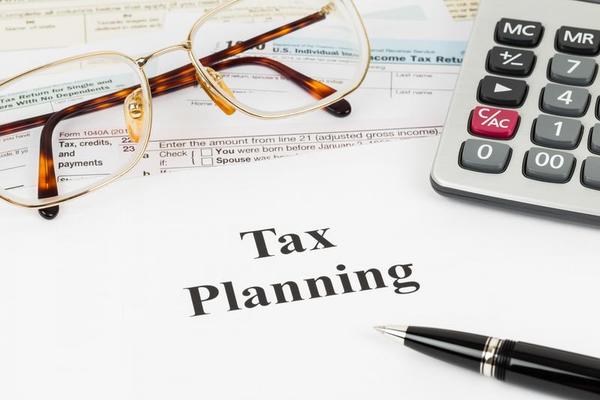Business Tax Planning: Top Strategies for Different Business Structures
Businesses in the US have to pay different taxes to ensure that they comply with tax laws and regulations. However, taxes are not less than a financial burden for businesses. While business owners cannot evade taxes, they can employ different techniques and strategies to save several tax dollars.
Nonetheless, it is prudent to mention that businesses might need to hire professionals, like a Long Island CPA, to develop and implement tax optimization strategies effectively. Also, depending on your business structure and type, you can hire either a full-time or a part-time professional to manage your taxes.

Different business structures and tax implications
The structure of your business is directly responsible for calculating different taxes. The following are some of the most prevalent business structures and how they pay taxes.
- Sole proprietorship: Sole proprietorship is one of the most common business structures in the US. Most sole proprietorship businesses do not require setting up a legal business entity. You can report the business’s profit and loss in your income tax return.
- Partnership: A partnership business is owned and run by two or more people. Profit and loss are distributed among the partners, who are then required to report it in their personal tax returns.
- Limited liability company (LLC): An LLC is a hybrid of a corporation and a partnership. Similar to a partnership, the co-owners of an LLC report their income and losses on their tax returns. However, they may also be subject to self-employment taxes.
- C-Corporations: A C Corporation is owned by shareholders who virtually do not hold any liability for the company’s debts unless they work for it. A C-Corporation is required to file a corporate tax return. Moreover, the shareholders are also taxed on the profit they earn as a dividend.
- S-Corporations: S-corporations are designed to avoid the problem of double taxation by making the shareholders responsible for taxes by passing the profits and losses through them. However, S-corporations must fulfill the requirements of the IRS.
Essentials of business tax planning strategy
Business tax planning is a complex procedure requiring extensive knowledge of various tax laws and regulations. However, creating and implementing an effective tax planning strategy can help you save several dollars of tax without violating any law. Following are some of the most effective tax planning strategies for businesses.
- Businesses can reduce the tax burden by postponing income to the next year or allocating it to associated entities or family members in lower tax brackets.
Strategies like deferring business income until the next financial year, accelerating business expenses, buying assets at the end of the year to utilize the depreciation deduction, etc., are also pivotal in reducing taxes.
- Many expenses, such as employee benefits, business-related costs, charitable contributions, etc., can be itemized as deductions and can significantly reduce businesses’ overall tax burden.
Apart from the above, implementing a tax-advantaged retirement plan like a 401(k) or SEP IRA, vehicle expenses, research and development expenses, bad debts, etc., can also help reduce a business’s tax burden.
- Businesses can also reduce their taxable income by utilizing government credits and incentives, ultimately reducing the tax burden. Tax credits for research and development, investment, work opportunities, low-income housing, etc., can significantly reduce the tax businesses owe.
- Businesses can save a significant amount of tax by selecting the appropriate structure.
- Businesses dealing in international operations can also reduce tax liability by understanding cross-border tax laws, transfer pricing regulations, and treaties. Other than this, tax-efficient holding, repatriation of profits, value chain optimization, special economic zones, etc., are also critical factors for international business operations.
- Learning the tax laws and enhancing knowledge can also help businesses manage taxes and ensure compliance. Alternatively, businesses may also choose to hire professionals for this work.
- Recordkeeping is one of the most vital parts of tax planning. Businesses with good recordkeeping capabilities can take advantage of various deductions and credits to reduce the overall tax burden.
Final takeaway
Business tax planning is the key for businesses to effectively manage and optimize their tax burden. Therefore, working with business tax professionals can come in very handy, as they possess the requisite knowledge and expertise. Moreover, they can help businesses save a considerable amount of time and money.


